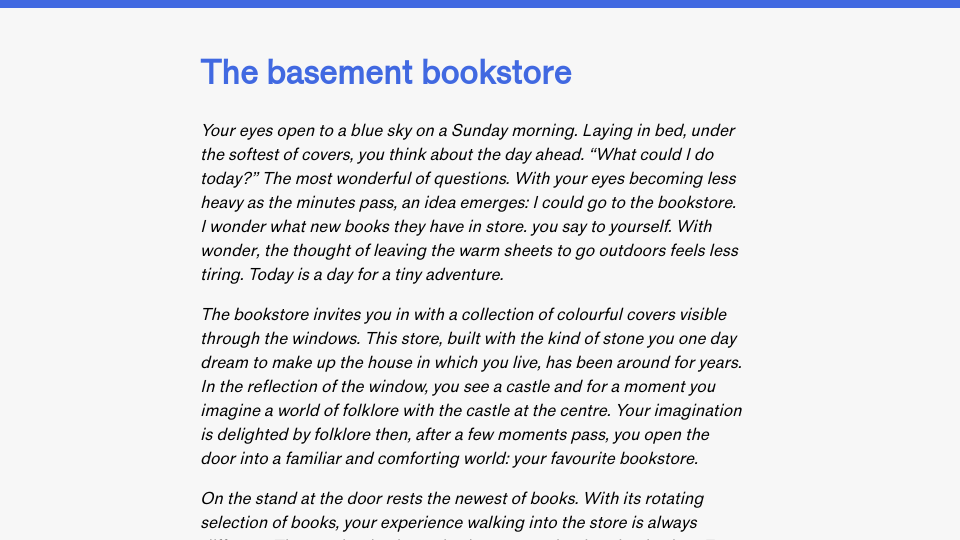This article is the sixth edition of the Advent of Patterns series. In this series, running from December 1st to December 24th 2024, I will document one design or programming pattern I have noticed recently. Read more about this series.
In Pattern: Link contexts I discussed ways in which additional information can be added to or around a link as context for the reader. The post discusses everything from the “visited” pattern where link colours are changed if you have visited the link resource, to the use of superscript numbers to indicate a link will take you to a footnote or a reference.
Earlier today, I started thinking about link qualifiers. These are a subset of link contexts that occur before or at the start of a link.
There are two main categories of qualifiers that come to mind: qualifiers that appear in a link anchor, and qualifiers that appear before the link anchor.
For example, all posts in my Advent of Technical Writing series followed the format:
Advent of Technical Writing: [Title]
Without reading any other piece of information, the title conveys both the topic of the article and that the article relates to a concept called “Advent of Technical Writing”. “Advent of Technical Writing: Outlines” is one such example of a title following this pattern.
“Advent of Technical Writing” is a category on my blog. With that said, adding the preamble means that if the link appears in other contexts – for example, on a news aggregator or in a feed reader – the context of the series will be preserved. This is especially important for feed readers. With the preamble, posts related to the series can be distinguished from other posts during the time that the series is written.
I have been using this pattern for my Patterns series, too: Many of my patterns posts start with “Pattern:”. The colon separates the series title from the concept discussed in the article.
The news aggregator Hacker News has a few link qualifiers, too. For example, “Show HN: ” is used to indicate a post is showing off a project; “Launch HN: ” indicates a project has just been launched. These qualifiers are known in the community, allowing readers to distinguish article submissions – the submission type that makes up a majority of the website posts – to other types of content that have grown in the community (Launch and Show HN).
Another example of a link qualifier is using “Context:” or “See also:” in a message to indicate the linked resource provides context, like:
Context: [url]
I also noticed the BBC use qualifiers to indicate the type of content on a resource. For example, the “Would Donald Trump’s tariffs hurt US consumers?” BBC Verify guide ends with a section titled “More on US Election 2024” with links to several related resources. Qualifiers are used to provide more context on the links, like “EXPLAINER”, “IN PICS”, and “IN FULL”.
In addition, email titles use qualifiers to provide context on whether an email is a reply to another email (indicated with the “Re: ” prefix), or whether an email was forwarded (indicates with the “Fwd: ” prefix).

